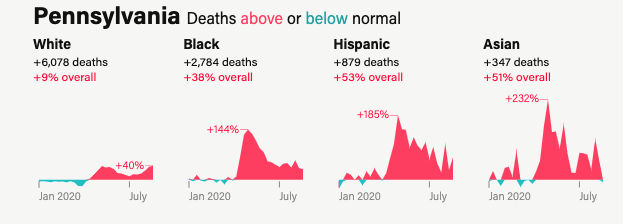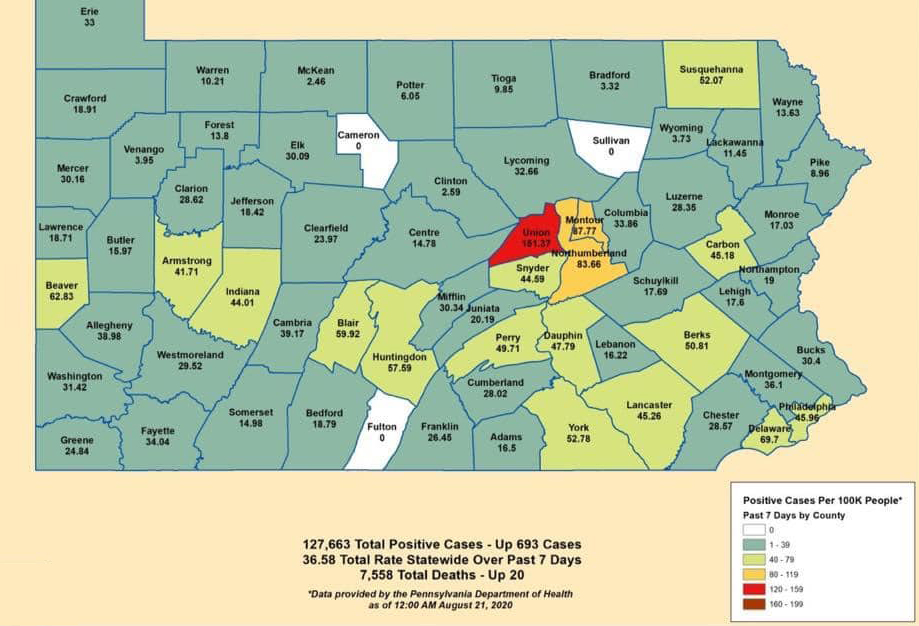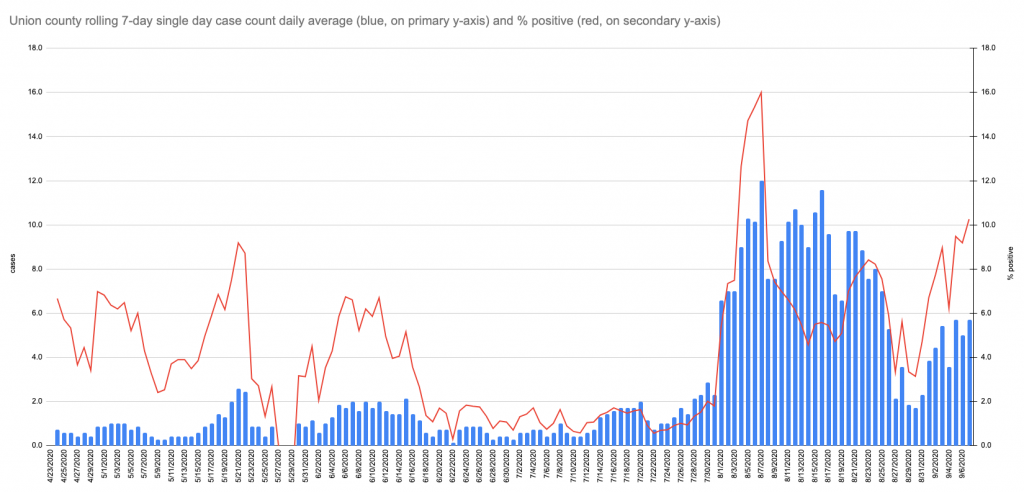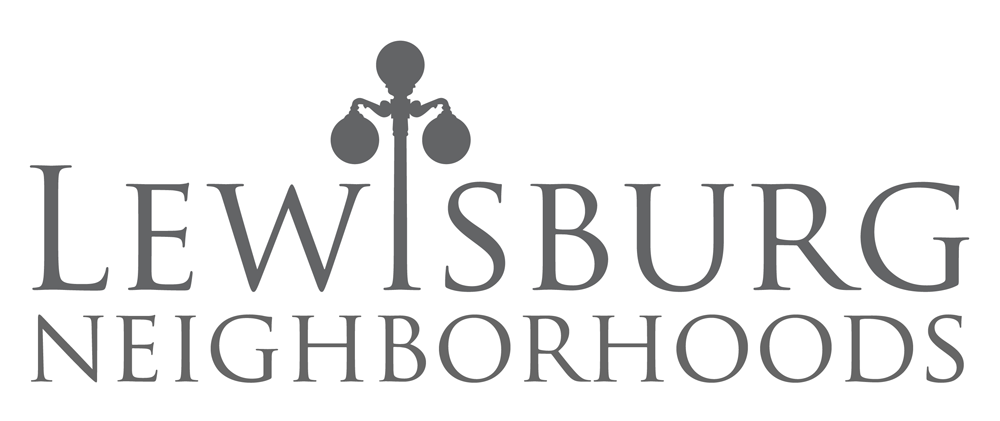This article was originally published in The Daily Item on Sunday, September 6, in the Opinion Section.
We know that COVID-19 does not affect all demographics uniformly, but new analysis from the independent journalism site, the Marshall Project, paints a stark picture of disparate racial impacts. Plotting excess deaths (not specific to COVID-19, but during this year) for different racial groups in every state highlights how people of color have borne the brunt of the losses this year. On the one hand, the tragedy illustrates another dimension of structural racism. On the other hand, no wonder many white people with very homogeneous social and cultural networks find it hard to believe there has been much impact at all. As with so many other things, when it comes to COVID-19, there is more than one America.

The Sturgis motorcycle rally embodies this divide. The long-term infection impact of that huge event in South Dakota (almost 500K people converging during a week of revelry, then dispersing across the country) will probably be extensive. Yet, it might be less than expected based on national average infection rates, precisely because of the overwhelming whiteness of event participants.
Even when the virus comes closer, there is still a remove, depending on who you are. The reported numbers and individual daily experience don’t always match up.
Here's a review of our numbers in Union County in August:
During the course of August, Union County reported 245 new cases. After reporting an average of just barely over 1 case/day over the course of four months, the county added a little under 8 new cases per day over the ensuing month.
But still, 8 cases is only 8 cases. Look at Philly…
Many counts normalize case tallies to make it easier to compare impacts in disparate locales. You will often see "number of cases per 100K people" per day or per week. Union County has only 45K residents, so when we were listed as having 151 new cases in 7 days/100K on August 21, the actual count was 68 new cases. Furthermore, during August, just under half of the cases seen in the county were among prison inmates or people at a residential treatment facility. So, the impact outside of those contained populations was around 35 new cases that week or about 5 new cases per day. And not all of them occurred in the same municipality.
So, COVID-19 may not feel very present “on the street.”
Some local residents express confusion at the lack of urgency about the number of cases reported daily in Philadelphia, since their raw numbers are much higher than ours. But the city has a population of 1.6 million. When they had 736 cases in the same week of August where we had 68, their daily rate per 100K was only around 7 cases; ours was 22.

And yet, even as we work to put the numbers into context, we can’t help but compare them to our personal experience. We aren’t all living the same life, walking the same walk, or experiencing the same public health crisis. There is a range of perspectives that can make the pandemic feel like a figment of someone else's imagination. For most of us it’s not been our nana, not our neighbor, lost. Time to brush up on both our empathy and our basic math skills. We could learn from China, Italy, or New York. Or we could learn from people of color. Our past insulation and relative isolation is no guarantee of future protection.
Towards the end of August Union County reported five straight days without any net new confirmed cases. That was great news and seems to reflect well on local behavior from several weeks prior, just as the sudden rise in cases in early August indicated more lax behavior starting in mid-July. We need to keep that lag in mind. We won’t know the impact of the return of Bucknell much less the public schools reopening for several weeks yet… It takes time to play out.
In the meantime, if you’re protecting your neighbors and the community with masks, distancing, and hygiene, stay the course! And if you’re not, there’s no time like the present to start! It could make all the difference in a few weeks.


